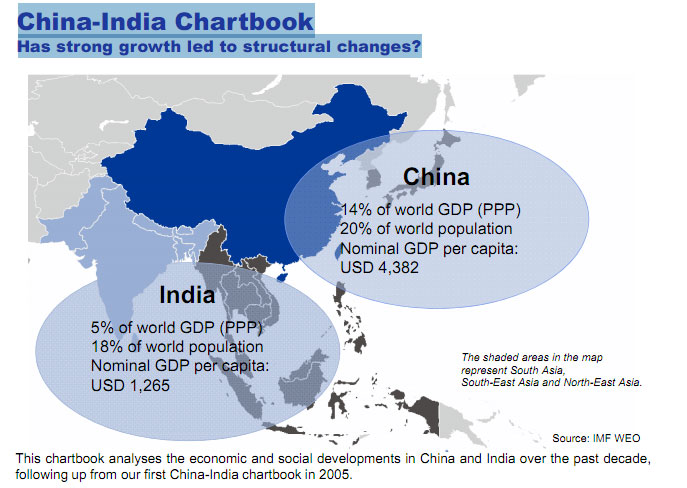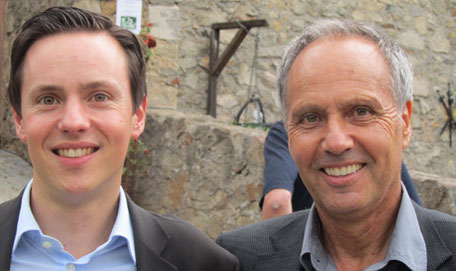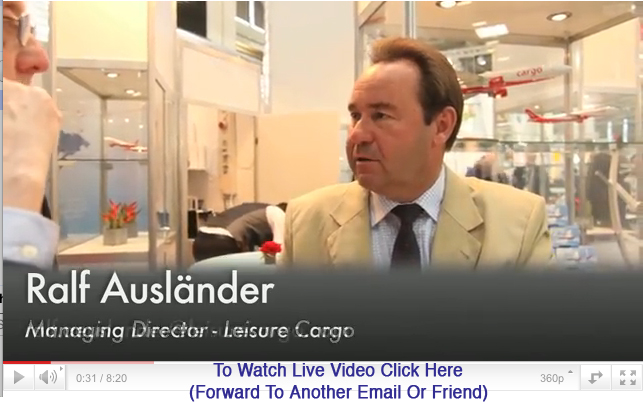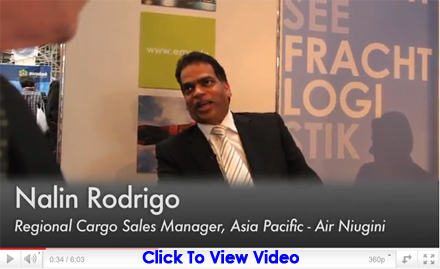

Nearly everybody in transportation
wants a piece of the action that is taking place in China and India
right now.
But what do bankers think?
Here is an update on both of these markets
just released by Deutsche Bank Research.
China and India have experienced robust
growth over the past decade, spurred by different drivers.
Growth has averaged over 10 percent in China and nearly 7.5 percent
in India since 2000. The services sector grew in both China and India
as a share of GDP and this growth mainly came at the expense of the
agriculture sector.
The WTO agreement had a significant impact
on China’s investment, the share of which in GDP growth went from
22 percent in 2000 to over 50 percent by the end of the decade. India’s
growth, on the other hand, has primarily been driven by consumption.
Investment, though increasing, still lags
behind China’s.
Fiscal accounts and inflation have deteriorated
over the past 1-2 years.
Both countries put in place large stimulus
packages during the global financial crisis, which were effective in
preventing a sharp decline in economic growth.
Stimulus has started to be withdrawn,
but nevertheless fiscal accounts remain in worse shape than before the
crisis. This is a concern particularly in India, given high levels of
fiscal deficit and public debt. Despite recent tightening, monetary
policy remains loose, which, together with increases in commodity prices,
has led to strong inflationary pressures in both economies.
Banking sectors remain in good shape,
as conservative regulation has shielded them from the fallout of the
financial crisis. Given the relatively closed nature of domestic financial
markets, the abundance of local savings and stringent regulation on
leverage, China and India did not experience a boom-and-bust cycle in
capital inflows during the global crisis.
Over the medium term, a favorable GDP
growth outlook and low penetration of financial instruments herald bright
prospects for local capital markets.
Living standards for the population have
improved dramatically, less so the environment for business.
The increase in GDP per capita and the reduction in poverty have been
staggering, although income inequality has increased. The business-operating
environment has also improved, but further income inequality has increased.
The business-operating environment has
also improved, but further progress is needed in a number of areas.
Infrastructure and environmental issues have gained prominence and there
is more to come.
Both countries’ 5-year development
plans place substantial emphasis on infrastructure development.
The energy sector (including nuclear energy)
is also developing quickly given increasing domestic demand.
China has made the environmental upgrading
of old coal plants a priority, and the market for renewable energy in
India has been growing at 25 percent per year.
A Tale Of Two Growth Models
China has outpaced India.
China has consistently grown at a faster
rate than India during 2000-2010, resulting in a widening gap in both
nominal and per-capita GDP.
Although investment has been increasing
in both economies over the past decade, it is a significantly stronger
driver of growth in China than in India.
In China, investment began to overtake
consumption’s contribution to growth after the country’s
accession to the WTO in 2001. Given China’s large population and
vast physical size, the investment “takeoff” stage has several
more years to run, moving now from coastal areas to inland provinces.
Both countries are seeking to diversify
the structure of their economies.
In China, investment will remain strong
for several years, but the government is seeking to increase the share
of consumption once again.
In India, ongoing liberalization in foreign
investment restrictions and strong growth prospects should help Gradual
Shift Towards Service Sector
The share of industry in relation to GDP
has remained largely stable in both countries, while the services sector
has grown at the expense of the agricultural sector.
This trend highlights the importance of
improving agricultural productivity to ensure long-term food security
and moderate spikes in food inflation.
Both China and India significantly increased
public spending during the crisis to support growth, and that is only
being withdrawn slowly.
India’s high spending on subsidies
is keeping the deficit at a more concerning level while China’s
deficit has been moderate, partially because of better revenue efficiency
(i.e., revenues have grown at least as fast as GDP).
Expansionary monetary policies have fuelled
inflation.
India’s inflation has been consistently
higher than China’s, but China’s inflation cycle is more
volatile.
Over the past year or so, inflation has
become a serious problem for both countries due to excess liquidity,
upward global commodity price pressures, and high demand for private
property.
Food price inflation is particularly high,
and it risks spilling over into core inflation, and driving up inflation
expectations.
Both countries have witnessed very strong
money supply and credit growth over recent years, causing intermittent
concerns about asset bubbles and excess liquidity.
Population Drives Economic Growth
In both China and India, the population
has grown significantly over the past decade.
But India’s population growth (16
percent) vs. China’s (5 percent) makes it likely that India will
replace China as the world’s most populous country in the next
15 years.
Both China and India benefit from a large
youth population.
The challenge lies in ensuring that the
youth are absorbed into the workforce and that labor force participation
continues to grow. In India, this is a greater challenge given that
its population is even younger than China’s.
By the same token, a younger population
gives India an edge over China with respect to labor force availability
in the future. China’s aging population is going to restrict long-term
growth prospects as the working population is expected to already peak
over the next five years.
Another task for India is to ensure that
female labor force participation (which has remained nearly stagnant
over the past decade) begins to climb.
Doing Business In China And India
Changes in governance have been a mixed
bag over the past decade.
Despite strong growth, governance has
not necessarily improved across-the-board over the past decade.
While government effectiveness and regulatory
quality in China and India are now higher, there have been mixed results
on corruption, security, and contract enforcement.
Moreover, in both economies, political
stability has taken a hit.
Regarding voice and accountability, India
has improved while China has deteriorated, widening the gap between
the two countries, which can be attributed to the nature of their political
systems.
Business environment remains onerous in
India, but there have been significant strides in protecting investors
and creating access to capital.
India remains a notoriously difficult
business environment (ranking 135 out of 185 countries in terms of ease
of doing business), but the country outshines China in some areas; for
example, it does far better in terms of access to financing and protecting
investors.
Nevertheless, further improvement in removing
administrative hurdles is needed not only to attract foreign investment
but also to enable local businesses to thrive.
All things considered, China remains a
more attractive business environment not only compared to India, but
also to Brazil and Russia.
|



 Walter
Bachmayr
Walter
Bachmayr 

